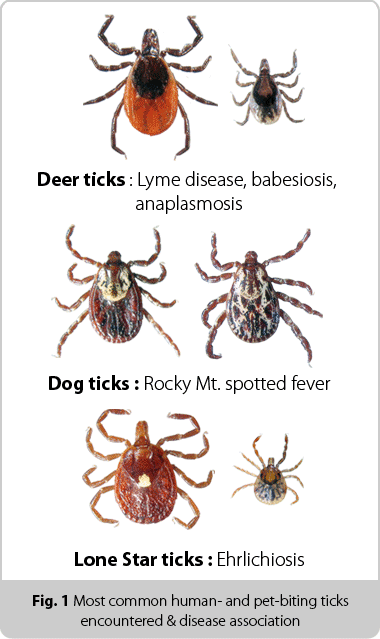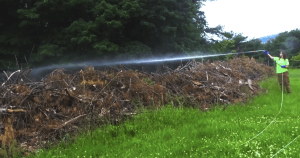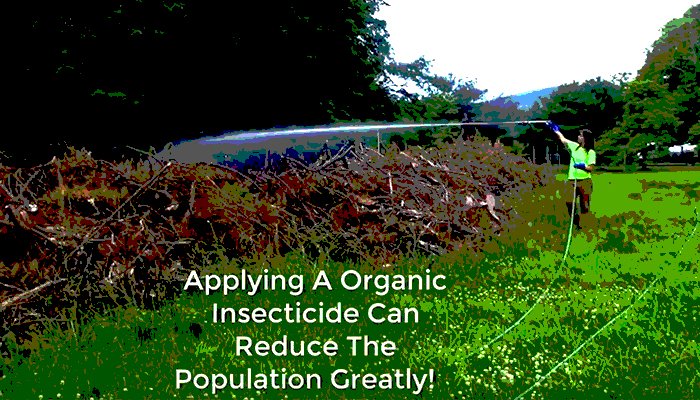It seems that each year, the tick population in the Hudson Valley is on the rise, and with it, so too are the reported cases of tick diseases.
It is no longer just Lyme disease that is of concern but many other dangerous tick-borne diseases, one of which called Powassan that can be fatal. The increase and steady rise of the tick population and tick diseases in The Hudson Valley could be a result of mild winters, introduction of new species, and/or increased population of hosts.
Here’s a breakdown of the Northwest 2019 tick population, tick season, tick species, tick diseases, weather’s effect, and prevention.
When Is Tick Season?
- Tick Season is mid-April to mid-to-late October
2019 Tick Population and Forecast:
- Above average – Predicting above average temperatures this summer but also wetter conditions. Since humidity is a big driver of tick populations, the 2019 tick population is expected to be even higher.
Species Of Ticks in The Northeast:

- Deer Tick
- Brown Dog Tick
- American Down Tick
- Lone Star Tick
Most Common Tick Diseases & Threats In The Northeast Region:
- Lyme Disease
- Rocky Mountain Spotted Fever
- Anaplasmosis
- Babesiosis
- Tularemia
How Does Weather Effect The Tick Population?
- The environment and weather within an area play a big role in a tick’s reproductive cycle.
- Female ticks lay eggs in wet, warm environments.
- A wet or mild winter, and early spring can allow for more eggs to hatch.
- Fair weather can make hosts more active increasing the likelihood of ticks being carried.
- Ticks survive in temperatures above freezing, so a very mild winter allows ticks to live during seasons they otherwise shouldn’t.
How Can I Protect My Property From Ticks?
 Spray Your Yard For Ticks – Spraying for ticks usually begins in spring when females are laying eggs. Typically, May is the most ideal time. However, tick treatment is most effective when it is continued into summer and fall to keep ticks away all season. By focusing on beginning the process while eggs are being laid, you are aiming to overall decrease the population. Treating in spring can also help to eliminate the adult survivors that endured the mild winter.
Spray Your Yard For Ticks – Spraying for ticks usually begins in spring when females are laying eggs. Typically, May is the most ideal time. However, tick treatment is most effective when it is continued into summer and fall to keep ticks away all season. By focusing on beginning the process while eggs are being laid, you are aiming to overall decrease the population. Treating in spring can also help to eliminate the adult survivors that endured the mild winter.- Work To Decrease Host Activity – By focusing on decreasing host activity, you can decrease the tick population in your yard. This can be done by installing a fence high enough to eliminate deer from crossing through your yard, planting deer repellent shrubs, and properly maintaining your yard.
With a continued increase in tick population and tick diseases year-over-year, tick prevention and property management of these pests is more important than ever. Your family and your pets should be able to enjoy backyard activities without having to worry about contracting dangerous tick-borne diseases. Let Red Cedar help prepare your yard for a safe tick-free summer by spraying your yard for ticks now, during egg laying season! We ensure that we are using the most organic and non-toxic insect and pest applications available to us. We can help to put together the most effective and safe tick prevention and control plan specific to your needs and your property. Contact us today for your free consultation!
Get more answers to your tick FAQ’s in our blog Do Ticks Live In Trees? Tick FAQ


